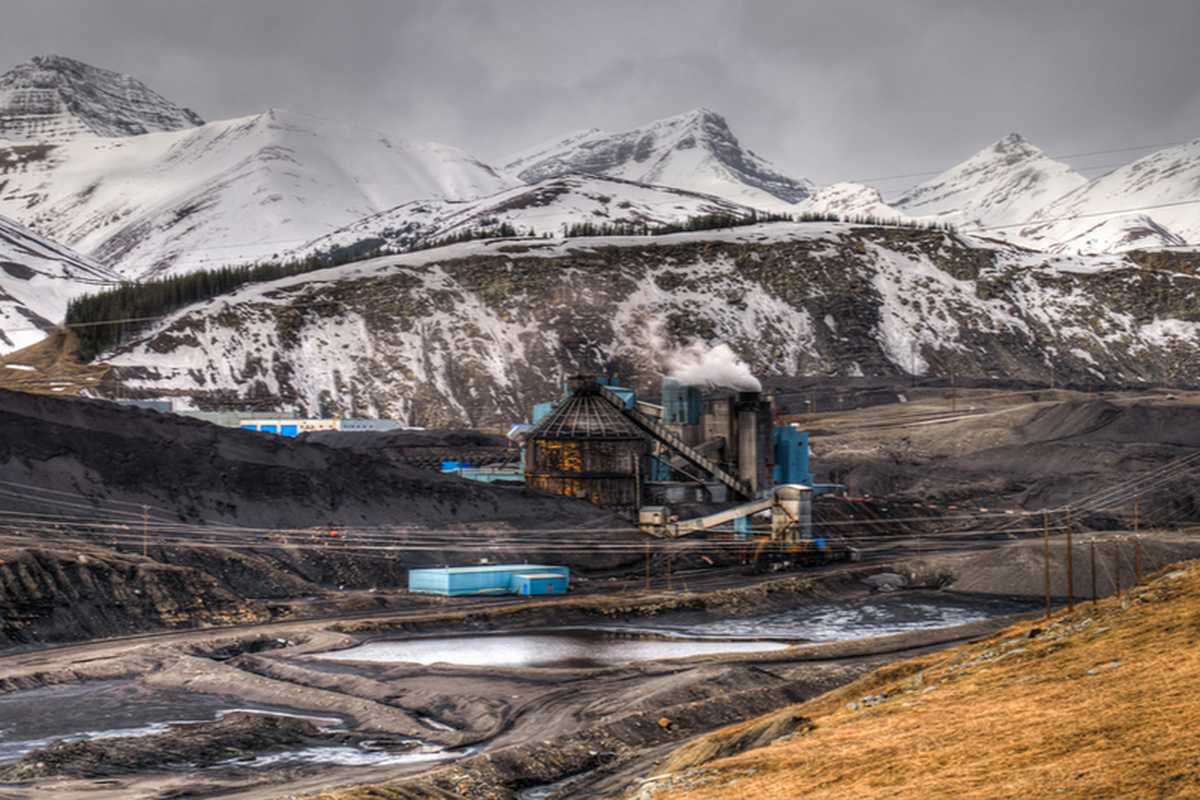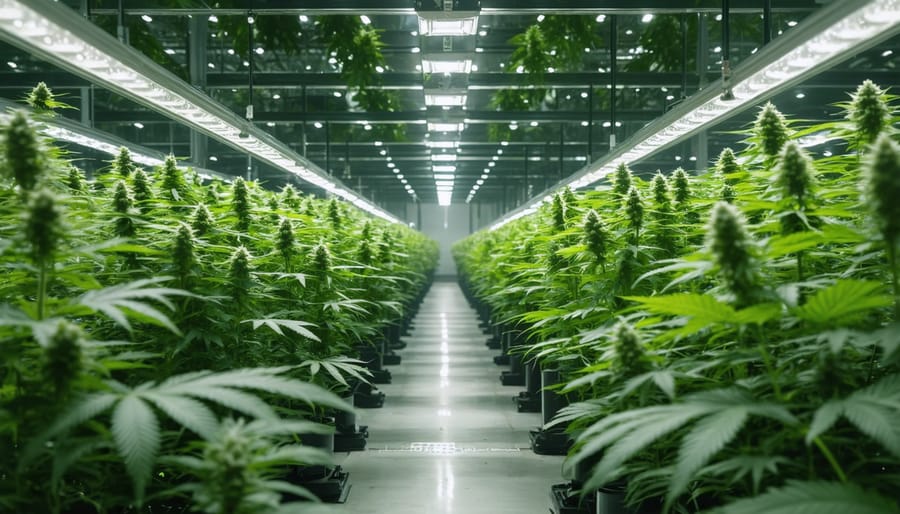Nanotechnology Advancements:
The nanotechnology boom has ushered in a new frontier of early detection, diagnosis, and treatment of diseases. Gold nanoparticle technology is utilized to target and deliver antibodies directly into cancerous tumors. Additionally, these nanoparticles are engineered to attach to cancer-related proteins, aiding in earlier detection.
Device Innovation:
Mining is the foundational element for our favorite devices. Over 40 mined metals and rare earths are crucial in producing a single smartphone.
Electronic Functionality:
Mining ensures the functionality of our everyday electronics, from refrigerators to washers and dryers. Metals such as copper, used in plumbing, industrial machinery, and construction materials, play a key role.
Agriculture and Agri-Food Contribution:
Agriculture and agri-food, contributing over $100 billion annually to Canada’s economy and employing 2.3 million Canadians, depend on mining. Farm fertilizers, a mix of phosphorous, nitrogen, potassium, sulfur, and iron, are all products of mining.
Sports and Trophy Legacy:
Mining is responsible for the most coveted hockey trophy globally—the Stanley Cup. Originally made of silver, the current Cup is crafted from a silver and nickel alloy. Hockey skates also incorporate chromium, carbon, and iron.
Healthcare Impact:
Mining plays a crucial role in preventing infectious diseases. Health facilities increasingly use antimicrobial copper to prevent Hospital Acquired Infections. Surgical instruments, hospital beds, and monitors owe their existence to mining.
Space Exploration and Satellite Technologies:
Mining facilitates the development of space exploration and satellite technologies, serving a range of functions.
Renewable Energy Generation:
Mining is instrumental in enabling renewable energy generation.
Mining Sector & Environmental Leadership
Environmental Stewardship Commitment:
The Canadian mining industry is committed to responsible environmental stewardship and aims to be a constructive partner in addressing climate change. This commitment involves reducing footprints and enhancing social and environmentally responsible practices through improved energy efficiencies and reduced GHG emission intensities.
Commodities for Clean Energy Technologies:
Canada responds to the growing demand for commodities essential in clean energy technologies, producing copper, nickel, cobalt, and hosting advanced mineral projects for rare earth elements, lithium, and graphite. These commodities play a crucial role in the production of solar cells, high-density batteries, and wind turbines.
Mining’s Role in Low-Carbon Future:
Canada’s mining industry produces minerals and metals crucial for building sustainable technologies, making mining essential to a low-carbon future. Fourteen of the nineteen metals and minerals used in solar PV panels come from Canadian mines.
Wind Power Generation and Carbon Footprint Reduction:
Mining enables wind power generation, with over 220 tonnes of coal required to build a wind turbine. Simultaneously, the mining industry focuses on reducing its carbon footprint, exemplified by projects like Glencore’s Raglan Mine in northern Quebec, replacing diesel fuel with wind power and pioneering a wind turbine and energy storage facility.
Future Reclamation and Land Restoration:
Before a mine opens, plans for future land reclamation are in place. Every advanced exploration and mining project in Canada includes a closure plan, ensuring the restoration of lands to a natural state after exploration and mining activities. This temporary land use reflects one of mining’s unique attributes as mines are rarely permanent facilities.
Responsibly-Sourced Minerals for Today and Tomorrow:
Canada’s mining industry provides responsibly-sourced minerals and metals powering today’s and tomorrow’s technologies. Technological advancements within the industry are also allowing companies to eliminate the negative impacts of their activities.
Electricity Dependence on Minerals and Metals:
Canada, as an energy powerhouse, relies on minerals and metals for electricity production. Copper, for instance, is essential for conducting electricity and in the construction of wind turbines, contributing to the potential for more Canadians to use renewably generated power.
Source: Mining Association of Canada




